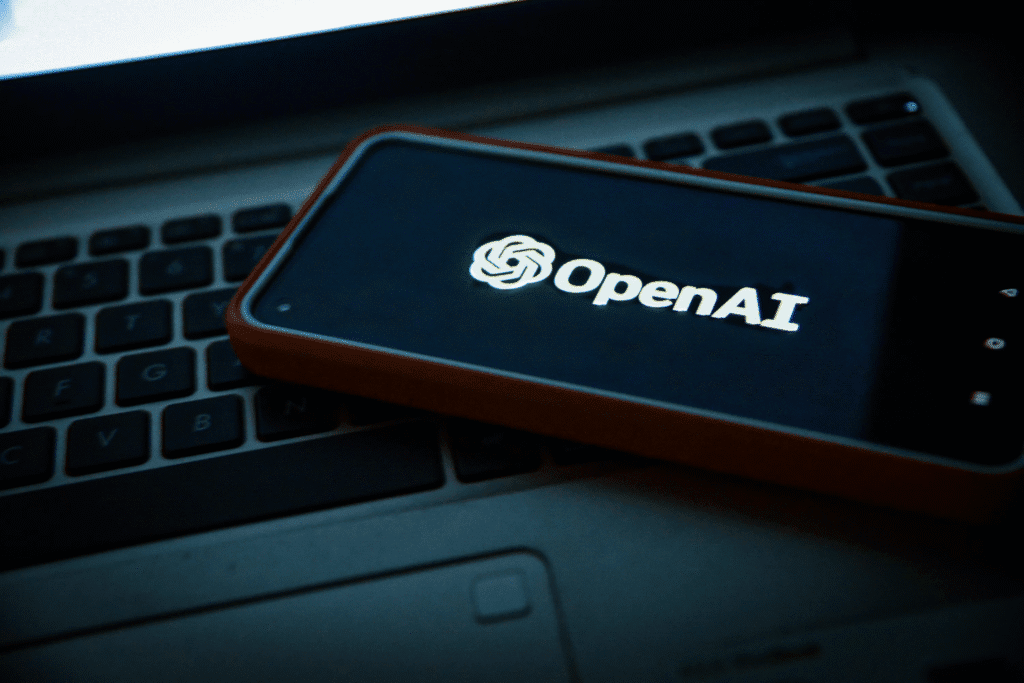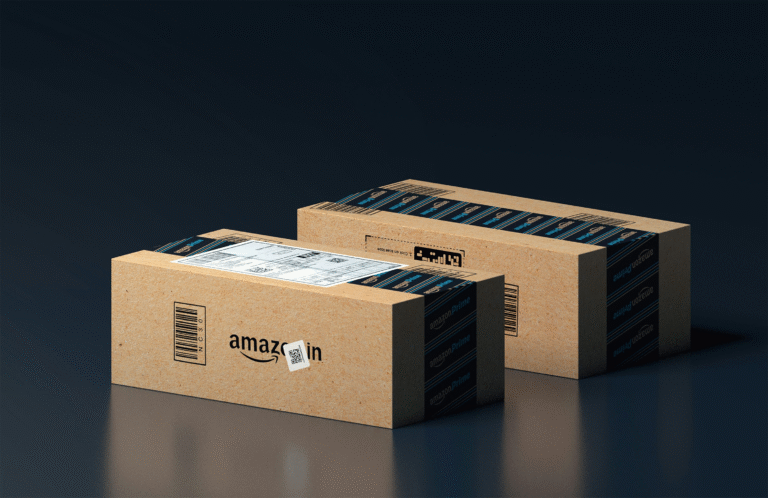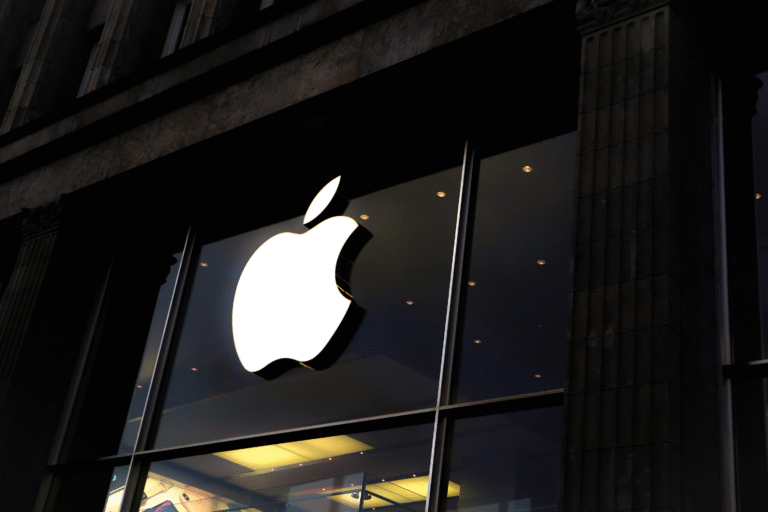Big AI companies like OpenAI are now thinking about using their own money from investors to handle costly lawsuits. Recently, they have faced legal trouble because some people say they used others’ work without permission to teach their AI systems. These lawsuits could demand billions of dollars in damages, and regular insurance may not be enough.
OpenAI has arranged an insurance plan with a big broker to cover risks linked to new AI dangers. The coverage is said to be up to three hundred million dollars. But some sources argue this number is too high — they say the actual coverage might be much less. Everyone seems to agree that even with that coverage, it is nowhere near enough for the kinds of lawsuits OpenAI might face.
An executive involved in cyber insurance warned that the current insurance industry does not yet have “enough capacity for (model) providers.” In simpler words, insurers are not ready to promise protection for AI creators against all possible damages.
Because of this gap, OpenAI has started to think about “self‑insurance.” That means they would set aside money from their investors specifically to deal with lawsuits, rather than relying entirely on outside insurance. They are also talking about creating a “captive” insurance arm — a separate vehicle inside the company that would handle risk for itself. This is a method that large corporations sometimes use to manage new or tricky kinds of risk.
Meanwhile, other AI companies are also drawing on their funds to prepare for legal settlements. In fact, one company has already agreed to pay “1.5 billion dollars” for a big lawsuit over copyright claims. In that case, authors had accused the company of using parts of their books without permission to train AI models. A court gave a preliminary okay for that settlement. This shows how serious the legal risks are.
Both OpenAI and the insurance broker have so far not publicly commented on these plans. Independent verification of all details is also not yet possible. But what is clear is that AI firms face novel legal threats, and traditional insurance systems are struggling to cope. So these firms may have to rely more on money from their own investors to protect themselves in the face of multi‑billion dollar lawsuits.
These AI companies are in a tight spot. On one side, many creative people and copyright owners claim their works were used without consent. Lawsuits are being raised against these tech firms, demanding large payments. On the other side, insurers are hesitant to cover all the risks because AI is new and unpredictable. That means companies must come up with creative financial strategies to defend themselves.
OpenAI has already taken a bold step by preparing for potential large payouts. By setting aside investor money and considering self-insurance options, it shows how high the stakes have become. For ongoing or future cases, relying purely on regular insurance may not be enough. That forces companies like OpenAI to think about using their investor funds — money that was raised to build and scale their technology — for legal defense.
It is a big shift when a technology company treats investor money partly like a legal safety net. Normally investors give money so the company can grow, make products, hire staff, and so on. But when legal risk becomes large, some of that money might need to be reserved just in case courts demand big payouts.
This approach, however, is not without downsides or challenges. Investors expect their money to build value, not to sit idle waiting for lawsuits. Also, harnessing investor funds for legal risks means companies must be very careful, transparent, and strong in managing those funds. Otherwise, they may lose trust from the people who funded them.
In short, the legal landscape is changing fast for AI firms like OpenAI. Regular insurance companies are saying they cannot provide full coverage for everything AI might face in court. So OpenAI is now exploring plans to self‑insure, set aside investor money, and even build captive insurance arms inside their own structures. They have already begun making large payments in some cases, signaling that they take the threats seriously. What remains to be seen is whether these financial strategies will be enough to protect them from much bigger claims ahead.








